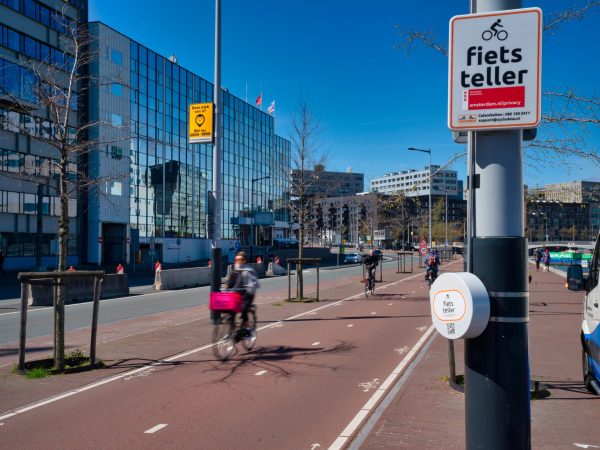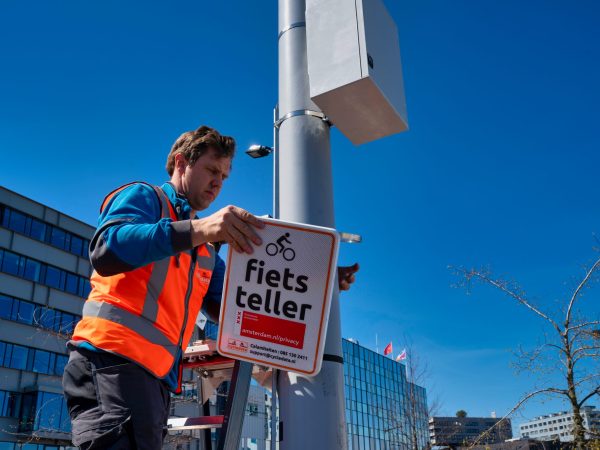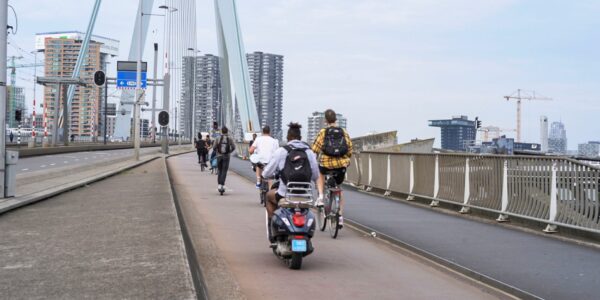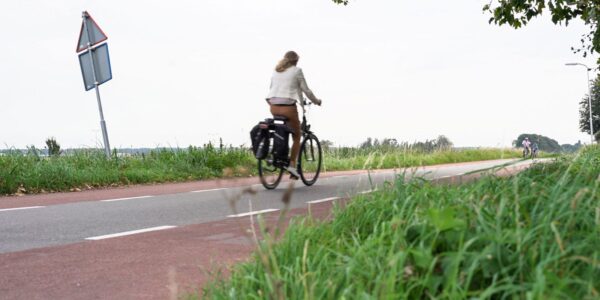Risk-Driven Approach to Traffic Safety
Since 2019, the risk-driven approach has been central to traffic safety policy, as described in the Strategic Traffic Safety Plan. However, last year there was still work to be done, as approximately 31% of municipalities, primarily smaller ones, had not yet conducted a risk analysis. This analysis was essential to qualify for a subsidy from the traffic safety investment impulse. The Ministry of IenW took the lead in this and enlisted the help of Antea Group and Arup as an expert team to assist municipalities in preparing these crucial risk analyses.
During a meeting in Utrecht, the expert team shared its experiences with involved agencies, including the Ministry of IenW, IPO, VNG, the SPV Knowledge Network, and Taskforce Traffic Safety Data. Many municipalities did not always immediately understand the benefits of the risk-driven approach but saw the prospect of co-financing as a significant incentive to seek help. It turned out that most municipalities had little time, capacity, and knowledge regarding risk-driven work and processing traffic safety data.
The Future of Bike Paths
On September 28, we participated in a fascinating session of the SPV (Strategic Traffic Safety Plan) knowledge network. Here, light was shed on how SPV shares knowledge that contributes to safer road use, with special attention to safe infrastructure on road sections, bike paths, and intersections. The SPV has developed a report that can be downloaded here, addressing, among other things, “sufficiently safe bike paths.”
This document details what a ‘sufficiently safe’ bike path entails, including specific width requirements and numbers of passers-by during peak hours in one or two directions. But now the question arises: should we also pay attention to the speed of cyclists on these bike paths?
With the rise of e-bikes, an imbalance has arisen between traditional and modern bicycles. Take, for example, Amsterdam, where thousands of cyclists and mopeds pass daily, a significant number of which at speeds above 30 km/h. The speeds have risen considerably in recent years. Is it time for speed and/or warning signs on bike paths? Should there even be enforcement and checks to regulate the speeds?
We are curious about your opinion. The safety of cyclists and road users is paramount, and the evolution of our cycling infrastructure plays an essential role in this. Let’s think together about how we can make our roads even safer. Your input and ideas are very welcome!









